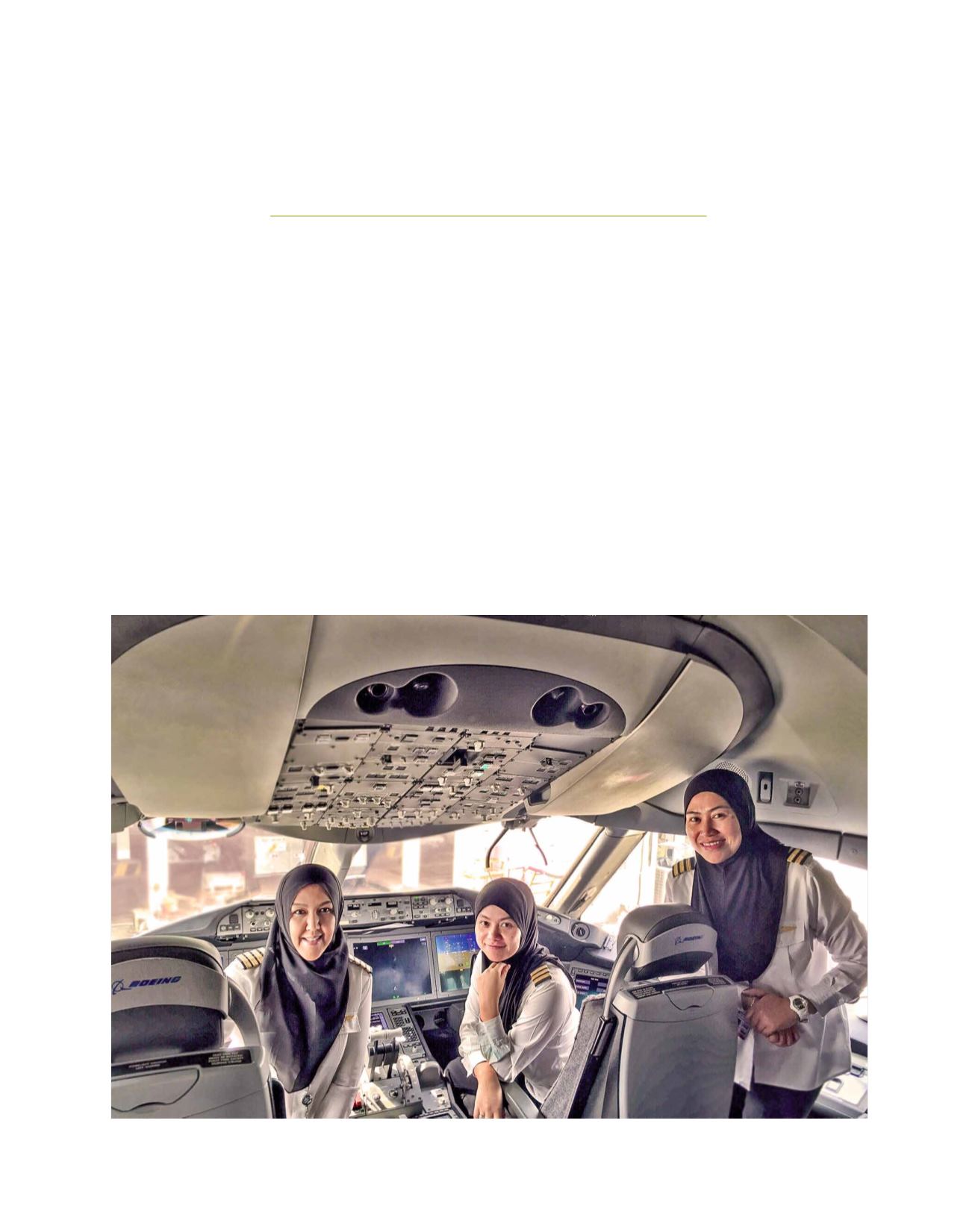

[
] 86
Empowerment of women and girls
in Muslim South-East Asia
Osman Bakar, Distinguished Professor and Director and Norhazlin Pg Muhammad, Deputy Director,
Sultan Omar ’Ali Saifuddien Centre for Islamic Studies, Universiti Brunei Darussalam;
and Ariffin Abu Bakar, Head of Public Relations, Ministry of Religious Affairs, Brunei Darussalam
T
here follows a brief account of the contempo-
rary state of affairs of the societal life of women
and girls in Muslim South-East Asia, from the
perspective of gender equality and empowerment. The
focus is on the geo-cultural region often referred to
by scholars as the Malay-Indonesian world. Identified
with this geo-cultural region are the modern states of
Indonesia, Malaysia and Brunei Darussalam, all of which
are predominantly Muslim, and the significant Muslim
minority communities of Thailand, the Philippines,
Singapore and Kampuchea. In all, more than 250 million
people of the Islamic faith live in the region.
Thus we have in view a fairly broad picture of the social
progress collectively charted by the more than 125 million
women and girls belonging to this major geo-cultural
branch of the global Muslim umma (community) since
their independence from colonial rule. This large group
of women and girls shares a common cultural universe as
shaped by Islam, their common religion and their common
Malay ethnicity, notwithstanding their strikingly diverse
sub-ethnic groups.
A notable feature of the sociocultural development of
these Malay-Muslim females over the past half a century is
their relative success in harnessing traditional and modern
Image: Royal Brunei Airlines
Royal Brunei Airlines’ first all-female pilot crew
A B
etter
W
orld
















